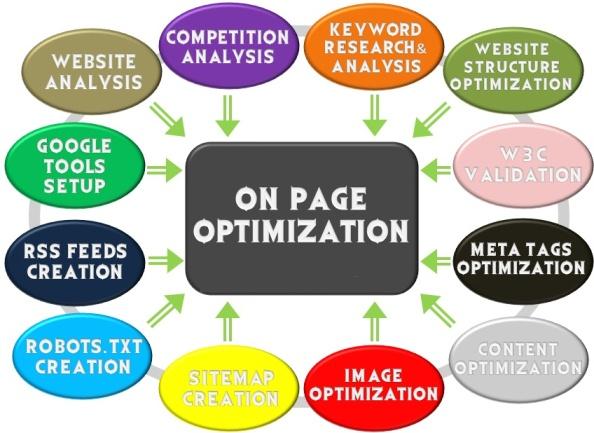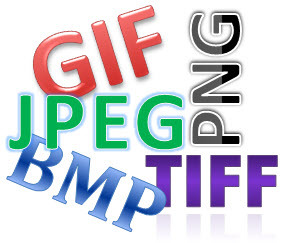
You have to tread somewhat gently with SEO lest you over-optimize and suffer the consequences (from Google). Maybe you have ignored image optimization in the past thinking it is not worth the effort. Admittedly, it may not seem worth the time compared to other search optimization methods. But it does matter even more in 2014 thanks to social media and research showing images do matter with readers.
Content is more likely to be read and shared when there are relevant and impactful images included. If you are going to use images in your content, and you should, then make the most of them. Image optimization is not hard at all. But just like all other fairly easy SEO techniques, you need to do it right.
Image Optimization at a Glance
First, yes – you can use images to bring traffic to your site. Search engine bots crawl image tags for user searches. That is why it does matter to use relevant images in your content that are coded with descriptive text. In addition, search engines allow for image searches which is another method of driving traffic.

The 3 Basic Methods for Optimizing Images
- Alt text
- Relevant file name
- Optimized file size
1. Alt text refers to the alternative text attribute that is a part of the image HTML code. This short code snippet serves to identify the image. It is not a part of the image file name although it is part of the same line of code. The alt text serves several purposes, in addition to SEO, such as showing-up if the picture does not load. This text also serves as an audio aid for the visually impaired reader.
Google does give you positive points for images optimized with alt text. Search engines are unable to recognize an image, or know what it looks like, which means you need to let it know. Properly identified images will be indexed and will be called when someone searches the phrase that matches the alt text. Ranking well is another matter and discussion.
2. Choosing the right or best file name matters because it helps search engines match images to search queries. Never think of the file name as a random description that does not matter. So you want to avoid keeping a name that consists of letters/numbers that have no meaning.
What you want to do is use the keywords/phrases for the page where the image will be used. You can also give the file name more relevance by including more detail. By doing so, the image may rank for long-tail phrases and achieve better results.

3. Page load times now are a factor with Google’s algorithm; therefore anything that impacts this metric must be optimized. That means you need to optimize image file sizes for the web. Websites that are heavy with images have no way around this one. The type of image file makes a difference, as well. Avoid bitmap images as they are large in terms of file size. Optimize file type depending on amount of colors and resolution.
There is nothing fancy with image optimization and it should never be overlooked. You can increase traffic to your site as well as earn positive SEO points. Just be sure you are not over-optimizing pages as you want to avoid incurring penalties.
Tags: image file size optimization, image optimization, optimize image file name
Leave A Reply (No comments So Far)
No comments yet